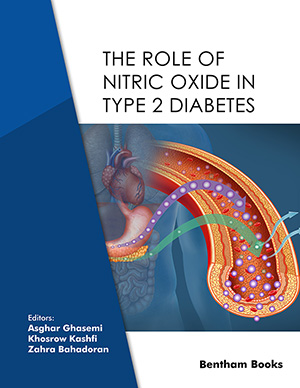
Abstract
The primary amino acid sequence of WE-14, corresponding to residues 324-337 of human CgA, was deduced following purification from a liver metastasis of an ileal carcinoid and a phaeochromocytoma, respectively. WE-14 is flanked by conserved Lys-Arg proteolytic sites and its cDNA deduced sequence displays a high degree of inter-species sequence conservation. WE-14 immunostaining was evident in distinct subpopulations of CgA immunopositive neuroendocrine cells. This observation was most obvious in the adrenal and pituitary glands. Immunohistochemical studies of the central and peripheral nervous system have shown that WE-14 immunostaining is localised to nerve fibres in all organs studied. Mapping studies in the eye have revealed that WE-14 is generated in nerve fibres innervating the anterior uvea and in nerve fibres and cell bodies in the retina. Ontogenetic studies have demonstrated that WE-14 was differentially generated in neuroendocrine cell populations at an early stage of rat and pig foetal development, whilst phylogenetic examination has revealed that WE-14-like molecules exhibit an ancient lineage. Qualitative studies of diverse neuroendocrine tumour types revealed heterogeneous patterns of WE-14 immunostaining; quantitative analyses consistently detected significantly elevated tissue concentrations while chromatographic profiling detected an immunoreactant that co-eluted with synthetic human WE-14. Analysis of chromaffin and oxyntic mucosal endocrine cells revealed that pharmacological manipulation had a significant impact on chromogranin A proteolysis to generate WE-14. Collectively, these studies have shown that the neuropeptide WE-14 exhibits a widespread distribution in multiple neuronal elements and neuroendocrine cells and in resultant neuroendocrine neoplasia, throughout ontogeny and that it also has an ancient lineage.
Keywords: neuropeptide, we-14, chromogranin a, neuroendocrine, neuronal, ontogeny, phylogeny, neoplasm
 2
2









